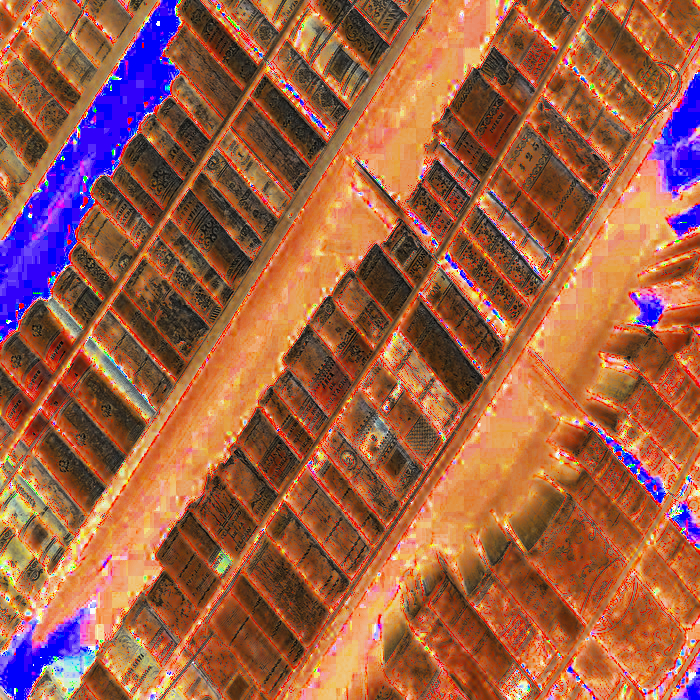terminal 0
unfinished

NEFX - Emencarcinaring.txt ? Moreover, they may provide deeper clues to the significant relation between symbols and archetypes, in how the naming or designation of one entails an aspect of the other -- such as the being of flight relating in name to imagery of the dead in a manner relating to a method of killing, and that the two could be so often combined to heavy effects. ? In particular the etymology of known words and expressions, however flawed in execution or even in origin, can prove as keys to core concepts and primordial imaginations, such as that pertaining to the aether, the higher fire, the Empyrean Fire. ? Yet by the same token the etymology of terms accordingly can be found to signify a kind of hardy strength unique to certain being-subsets in accordance with their dominant parent context, environment, and according interactive development, as well as their likewise role in collective attainment of Lightform. ? Failure to recognize this can further feed into the Blightgeistian weakness of resentment of the Other, and in particular of associating so much as outward traits of things like archetypes and symbols negatively with those of being-subsets -- thereby mapping the resentment of that which one cannot attain to onto that of fellow beings now rendered alien and haunting. ? Though the connotations of this are often grim to the point of reflexive association of said being of flight with grimness, it is more of a general portent from the celestial and archetypal plane which is beyond the mortal terrestrial time and is thus if only reflective of the grimness of beings in their temperament and mortality by bringing Lightform, particularly in that the mortal being cannot as present reach the plane of Lightform represented in the being of flight. ? Thus such being of flight as an archetype takes a likewise dual role of a blesser and a haunt, in any case a soothsayer and a capital of the thoughts of one captivated by its presence (whether afloat or perched upon, say, a bust of Pallas). ? Somewhat paradoxically, it is precisely by emphasizing the perceived distance between eons' self and that of this being of flight that one may thereby better aspire to the sort of hardy restlessness and constant communion with eternity. ? Here again is the archetype of the mysterious being of flight found, that which is diurnal and can travel between the terrestrial and the celestial (if not also chthonic at least in the imagination), watching over all with multiple according adaptabilities and wisdoms. ? They acknowledge the ultimate known forces which seem to govern these things and acknowledge that their prior acknowledgments is of the law of such forces, which being celestial and universal are not beholden to the wax and waning of terrestrial time. ? They reach mentally to the known depths of both environment and being, be they in this case of the deathly, terrestrial, and chthonic. ? Thus the beholder of another’s husk is compelled to mindfulness of the great and terrible elements and all that can be found creditable for them, by whatever name or symbol may be given, that they may by increased communion with their surroundings better reach their ultimate destination and thrive in the meantime. ? The razing and burning of the total of false or incomplete knowns occurs both within and between manifestations, whether by self-integration into celestial time or passive reception of terrestrial time (generally respectively), and in any case subjecting the studying being to a transformational threshold on the path to universality through the core of the vessel represented so potently to beings via bones (especially their own, generally speaking, as seen by them in the husk of another just before them and once abiding among them). ? This barren vessel, though concretely distinct in however minute and imperceptible a way, may bear no communication or agency acting upon it and can blend as well with the countless others, being likewise bound to a set of mortal limitations and terrestrial tendencies; and is also the vehicle of transmutation and home of a statistically incompletely tapped kernel of universality, the remainder of what was almost assuredly an incomplete journey not fully realized before terrestrial time claimed the whole being. ? This is to say that when we for example behold a skull and declare we “knew” someone, it is not merely that we know the last known (which is really to say our “known”) manifestation of the one now gone, or that we speak in the past tense because the individual is no longer of this realm, but rather (or at least also) to say that we knew but now do not know, and realize only that we thought we knew and in fact may have never known at all. ? Part of the significance of deathly symbology can be encountered, deeply and at once, in the moment of beholding of that which, especially in its bare and skeletal state, is connected to a known (or, rather, once-known) being, to the point of being a physical part of them — for here we are thrust into the senselessness of mortal life, beholding at last the heretofore hidden vessel of the source of the known’s personality, which was actually an incomplete or false manifestation and is here rendered both concretely and universally but itself a husk.
